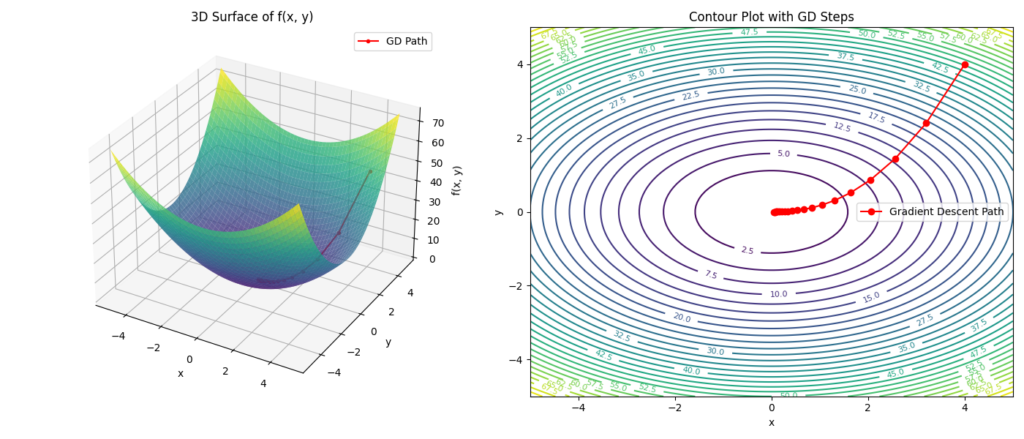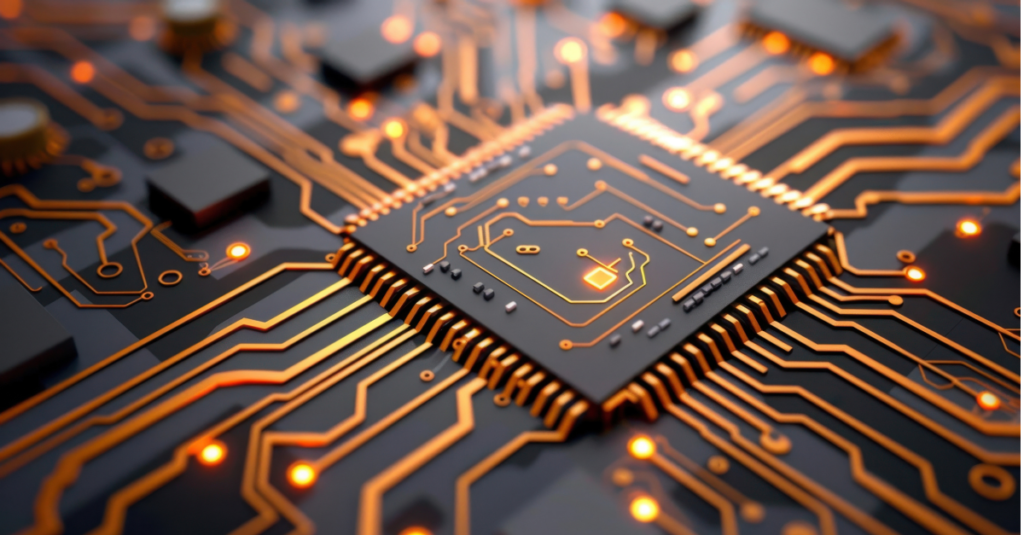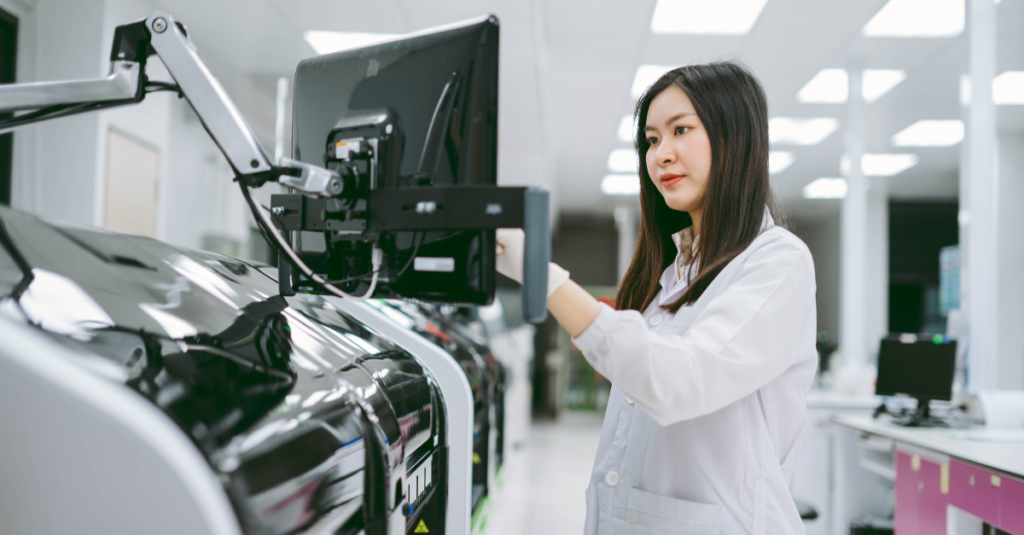
Introduction
The landscape of design automation is undergoing a revolutionary transformation. Traditional design processes, characterized by manual parameter tuning, trial-and-error approaches, and iterative refinement cycles, are giving way to intelligent design tools that leverage sophisticated optimization algorithms. These AI-powered systems promise to automate complex design decisions, optimize performance parameters simultaneously across multiple objectives, and generate innovative solutions that surpass human capabilities alone.
However, the journey toward truly intelligent design software faces significant optimization challenges. Modern design problems involve thousands of parameters, conflicting objectives, and complex constraint systems that create vast, high-dimensional search spaces. Whether optimizing circuit layouts, mechanical assemblies, or biomedical devices, designers encounter the fundamental challenge of finding optimal solutions within computationally intractable design spaces. This is where gradient descent emerges as a cornerstone technology, providing the mathematical foundation for automated parameter optimization that makes intelligent design tools both practical and powerful.
What is Gradient Descent?
Gradient descent represents one of the most fundamental optimization algorithms in computational mathematics, serving as the backbone for minimizing complex objective functions through iterative parameter adjustment. At its core, gradient descent operates on a simple yet powerful principle: to find the minimum of a function, move iteratively in the direction of steepest decrease, as indicated by the negative gradient.
The algorithm begins with an initial set of parameters, typically chosen randomly or through heuristic methods. At each iteration, it calculates the gradient, a vector of partial derivatives that indicates the direction of steepest ascent for the objective function. By moving in the opposite direction of this gradient, multiplied by a learning rate parameter, the algorithm progressively approaches a minimum. The mathematical formulation is elegantly simple:
What makes gradient descent particularly valuable for design optimization is its ability to handle high-dimensional parameter spaces efficiently. Unlike exhaustive search methods that become computationally intractable as the number of parameters increases, gradient descent leverages the mathematical structure of the objective function to navigate directly toward optimal solutions. The algorithm’s iterative nature allows it to refine solutions progressively, making it ideal for complex design problems where multiple conflicting objectives must be balanced simultaneously.
To view the mathematics of this Approach Click Here.
Role of Gradient Descent in Intelligent Design Software
Intelligent design software leverages gradient descent to transform the traditionally manual process of parameter tuning into an automated, systematic optimization procedure. In these systems, design parameters become variables in a mathematical optimization problem, where the objective function encodes performance metrics, cost constraints, and design requirements.
The automation of parameter tuning represents a paradigm shift in design methodology. Traditional approaches require engineers to manually adjust parameters based on experience and intuition, often leading to suboptimal solutions due to the complexity of parameter interactions. Gradient descent enables software to automatically explore the parameter space, identifying optimal configurations that satisfy multiple design objectives simultaneously.
This automated approach proves particularly powerful in multi-objective optimization scenarios common in design applications. For instance, in circuit design, engineers must balance power consumption, area utilization, timing performance, and noise characteristics. Gradient descent algorithms can navigate this multi-dimensional optimization landscape, finding Pareto-optimal solutions that represent the best possible trade-offs among competing objectives.
The integration of gradient descent into design software also enables real-time optimization capabilities. As design requirements change or new constraints emerge, the optimization algorithm can rapidly adapt, recalculating optimal parameters without requiring complete redesign cycles. This responsiveness is crucial for modern design workflows where requirements evolve throughout the development process.
Example Applications
Circuit Design Automation

Circuit design represents one of the most compelling applications of gradient descent in intelligent design software. Modern integrated circuits involve millions of components with complex interdependencies, making manual optimization practically impossible. AI-powered circuit design tools use gradient descent to optimize critical parameters including transistor sizes, bias voltages, and layout geometries.
Recent advances in automated circuit design have demonstrated remarkable improvements using gradient-based optimization. For analog circuit design, Multi-Objective Bayesian Optimization (MOBO) frameworks integrate gradient descent principles to balance competing objectives such as power consumption, bandwidth, and linearity. These systems can achieve performance improvements of 10-30% compared to traditional design approaches while significantly reducing design time.
The integration of gradient descent with SPICE simulators has enabled real-time circuit optimization. Instead of building surrogate models, modern tools interface directly with circuit simulators, allowing gradient descent algorithms to optimize parameters based on actual circuit performance metrics. This approach eliminates modeling errors and provides more reliable optimization results.
Robotics and Automation
Robotics design presents unique challenges where gradient descent proves invaluable. The complex feedback loops between a robot’s physical structure and its behavioral performance create intricate optimization problems that benefit from gradient-based approaches. Modern robotic design tools use gradient descent to optimize morphology, control parameters, and behavioral strategies simultaneously.
Automated robot design has achieved remarkable efficiency gains through gradient-based optimization. Where traditional evolutionary approaches require thousands of design evaluations, gradient descent methods can generate optimized robot designs in as few as ten iterations. This represents orders of magnitude improvement in computational efficiency, making automated robot design practical for real-world applications.
The application extends to control system optimization, where gradient descent algorithms tune PID controllers and other control parameters. For quadrotor control systems, gradient-based optimization has demonstrated the ability to achieve optimal control performance with minimal overshoot and extremely short settling times. This automated tuning eliminates the time-consuming trial-and-error process traditionally required for control system design.
Biomedical Device Optimization

In biomedical applications, gradient descent enables optimization of device parameters to meet stringent performance and safety requirements. Medical device design involves complex trade-offs between functionality, biocompatibility, and regulatory compliance, challenges well-suited to gradient-based optimization approaches.
Machine learning models in healthcare applications rely heavily on gradient descent for parameter optimization. From medical image analysis systems that detect tumors and fractures to predictive models for patient outcomes, gradient descent algorithms ensure these critical systems achieve maximum accuracy and reliability. The optimization of convolutional neural networks for medical imaging demonstrates how gradient descent can enhance diagnostic capabilities while maintaining the precision required for clinical applications.
AI-Assisted Engineering Tools
Gradient descent powers the next generation of AI-assisted engineering tools that provide real-time design optimization and intelligent design recommendations. These systems integrate gradient-based optimization with generative AI models to create powerful design assistance platforms.
Generative design tools leverage gradient descent to explore vast design spaces automatically. Instead of manually creating design variations, engineers can specify objectives and constraints, allowing gradient descent algorithms to generate and optimize design solutions. This approach has proven particularly effective in structural design, where complex geometries can be optimized for strength, weight, and manufacturability simultaneously.
How LushWare AI Leverages Gradient Descent
At LushWare AI, we recognize gradient descent as a foundational technology for creating intelligent design software that truly augments human creativity and engineering expertise. Our approach goes beyond simple parameter optimization to create comprehensive design intelligence that learns from each optimization cycle and becomes more effective over time.
Our AI-powered design tools integrate advanced gradient descent variants including adaptive methods like Adam and RMSprop, which automatically adjust learning rates based on parameter behavior. This ensures robust optimization performance across diverse design domains, from high-frequency circuit design to large-scale mechanical systems. By combining these optimization algorithms with our proprietary design knowledge bases, we create tools that understand both the mathematical structure of optimization problems and the practical constraints of real-world design.
LushWare AI‘s intelligent design platform leverages multi-objective gradient descent to handle the complex trade-offs inherent in modern design challenges. Our software doesn’t simply find single optimal solutions—it explores the entire Pareto frontier of possible designs, presenting engineers with a comprehensive view of design possibilities and trade-offs. This approach empowers designers to make informed decisions about which compromises best serve their specific application requirements.
Our commitment to advancing gradient descent applications extends to developing novel optimization techniques specifically tailored for design applications. We’re pioneering approaches that integrate physical simulation directly into the optimization loop, enabling gradient descent to optimize designs based on real-world performance metrics rather than simplified models. This ensures that our optimized designs perform as expected when implemented in practice.
Central to our vision is the belief that intelligent design software should serve as a creative amplifier rather than a replacement for human expertise. Our gradient descent implementations are designed to accelerate the iterative design process, enabling engineers to explore more design possibilities in less time while maintaining full control over design decisions and trade-offs.
Future Outlook
The future of intelligent design software lies in the convergence of gradient descent optimization with emerging AI technologies. Deep learning integration promises to enhance gradient descent performance by learning better objective function representations and developing more effective optimization strategies. Generative AI models will work in concert with gradient descent algorithms, where generative systems propose design candidates and gradient-based optimization refines them to meet specific performance requirements.
The integration of physics-informed neural networks with gradient descent represents another frontier of development. These approaches embed physical laws directly into the optimization process, ensuring that optimized designs respect fundamental physical constraints while maximizing performance. This integration will be particularly valuable for complex systems where simulation costs make traditional optimization approaches computationally prohibitive.
Multi-agent optimization systems represent an emerging paradigm where multiple gradient descent processes collaborate to solve complex design problems. These systems can distribute optimization tasks across different design subsystems, enabling parallel optimization of large-scale designs while maintaining global coherence. This approach will be essential for designing complex systems like autonomous vehicles, smart buildings, and advanced manufacturing systems.
Quantum computing applications of gradient descent are beginning to emerge, offering potential exponential speedups for certain classes of optimization problems. As quantum hardware matures, quantum gradient descent algorithms may enable optimization of design problems currently beyond the reach of classical computation, opening new possibilities for ultra-high-performance design optimization.
The democratization of advanced optimization through cloud-based AI platforms will make sophisticated gradient descent capabilities accessible to smaller design teams and individual engineers. This trend toward accessible AI-powered design tools will accelerate innovation across industries by eliminating the traditional barriers to advanced optimization techniques.
Conclusion
Gradient descent has emerged as the mathematical foundation powering the next generation of intelligent design software, transforming how engineers approach complex optimization challenges across diverse domains. From circuit design and robotics to biomedical devices and generative engineering tools, gradient descent enables automated parameter tuning that surpasses traditional manual approaches in both efficiency and performance outcomes.
The evidence is compelling: gradient-based optimization delivers order-of-magnitude improvements in design efficiency while achieving superior performance results. Where traditional design methods require extensive iteration cycles and often converge on suboptimal solutions, gradient descent algorithms navigate directly toward optimal configurations, balancing multiple objectives simultaneously and adapting to changing requirements in real-time.
At LushWare AI, we are committed to pushing the boundaries of what’s possible in intelligent design software development. Our integration of advanced gradient descent techniques with generative AI, physics-informed optimization, and multi-objective frameworks represents the cutting edge of design automation technology. We envision a future where gradient descent-powered design tools amplify human creativity, accelerate innovation cycles, and enable the creation of products and systems that exceed what was previously thought possible.
The transformative potential of gradient descent in design software extends far beyond mere automation—it represents a fundamental shift toward truly intelligent design processes that learn, adapt, and continuously improve. As we advance into an era of increasingly complex design challenges, from sustainable energy systems to personalized medical devices, gradient descent will remain the mathematical engine driving the intelligent design software that shapes our future.
Through continued innovation in gradient descent applications and their integration with emerging AI technologies, LushWare AI is positioned to lead the evolution toward design software that doesn’t just automate existing processes, but fundamentally reimagines how intelligent design can augment human capability and accelerate the pace of technological innovation.


